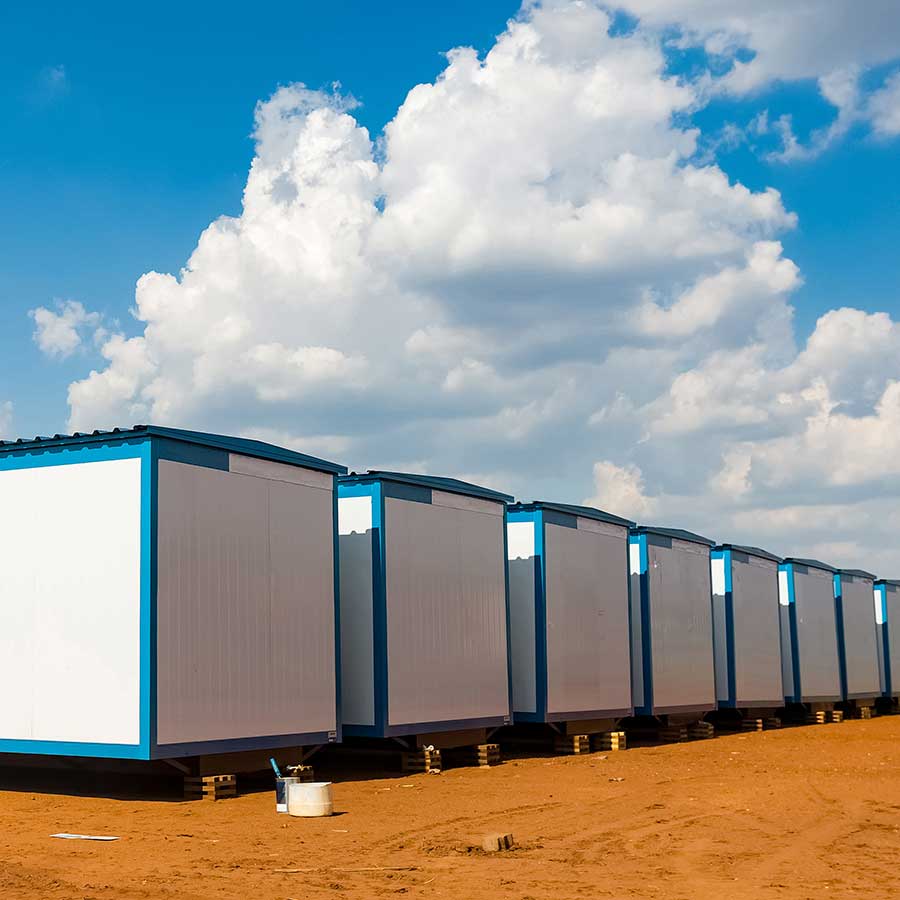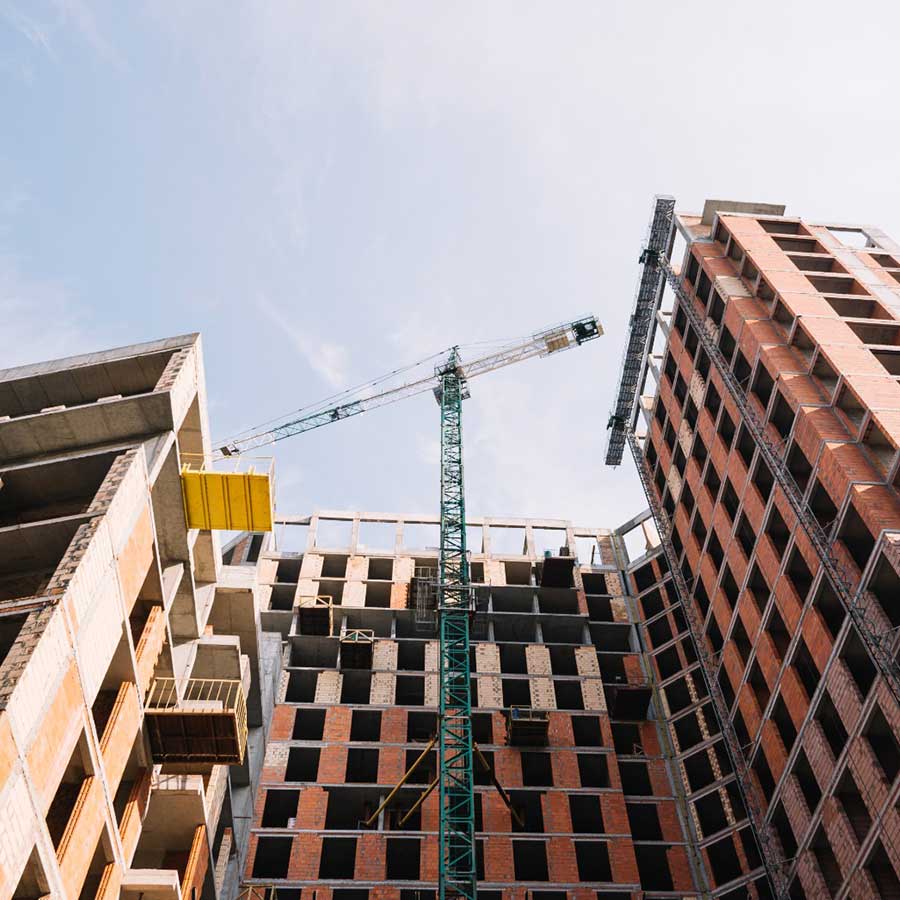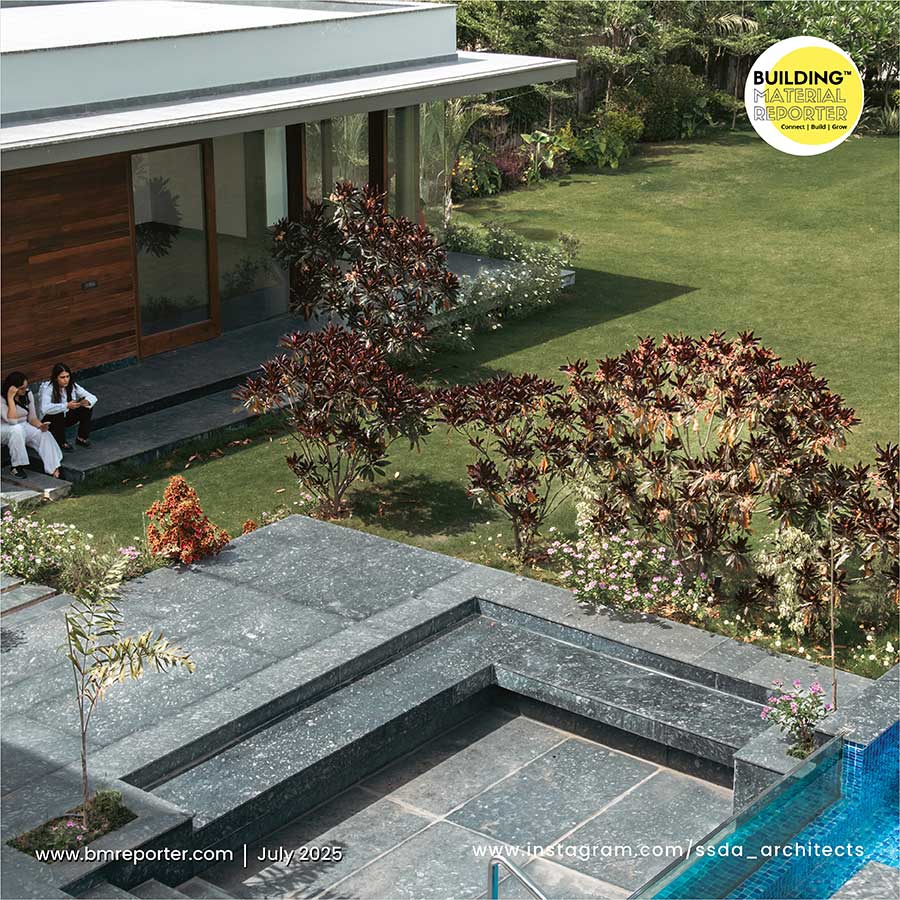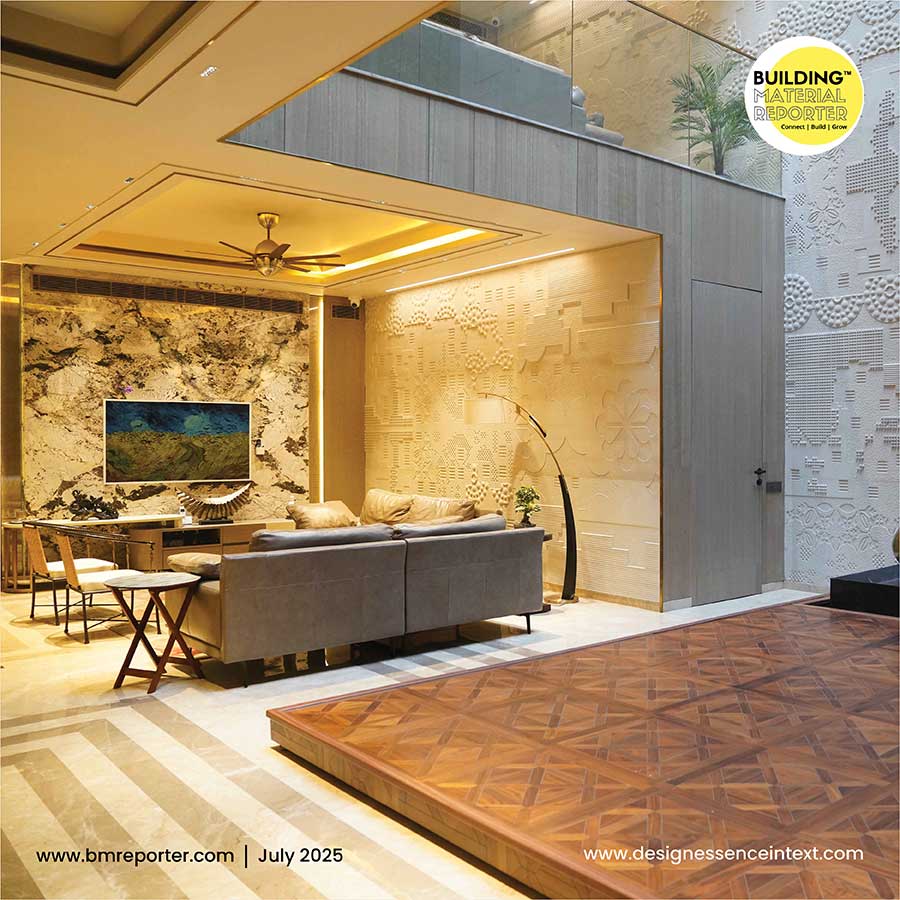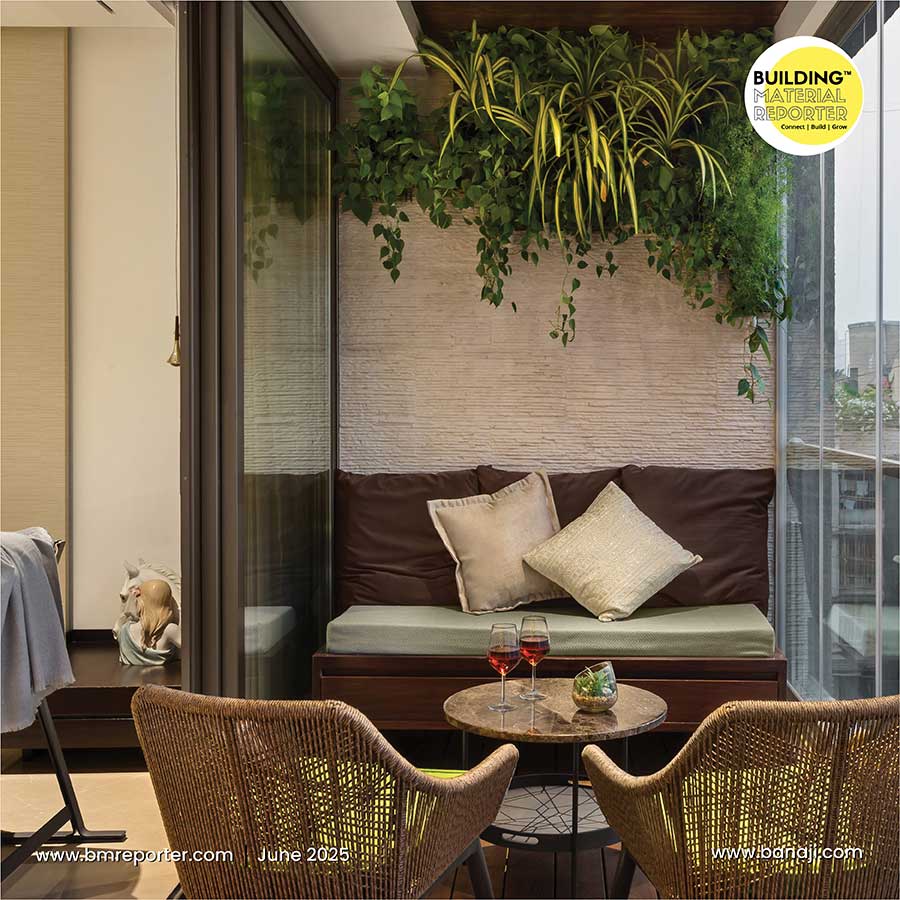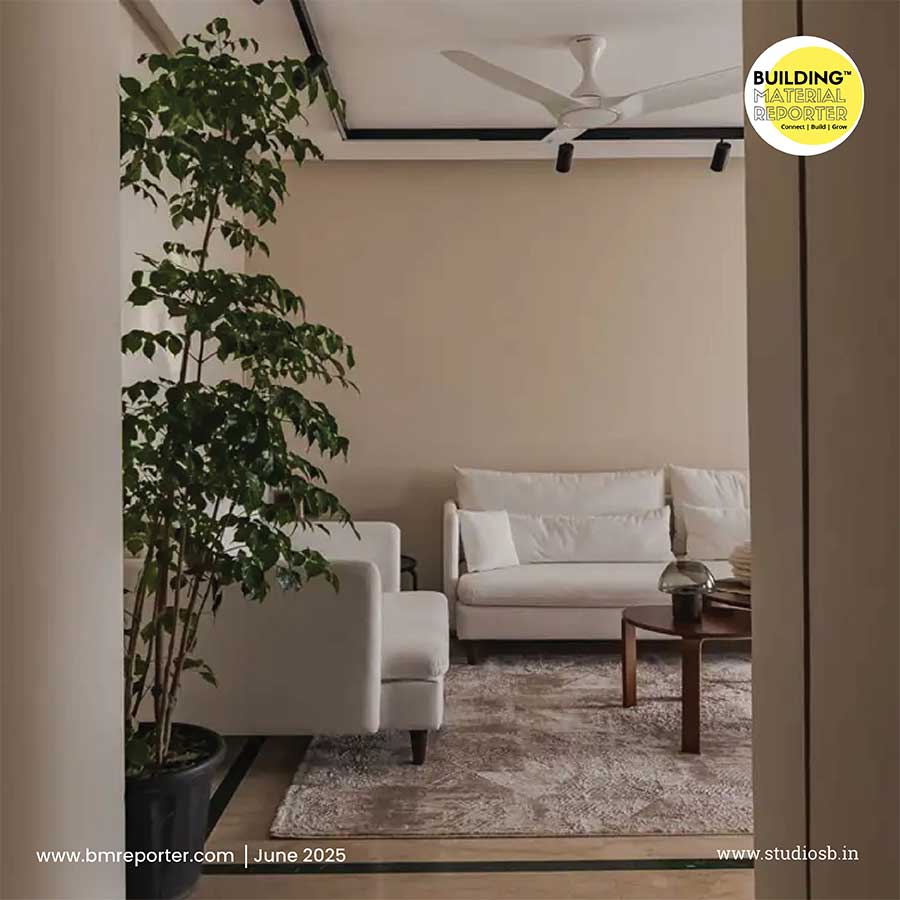The Psychology of Colors in Space Design
- February 20, 2024
- By: Editorial Team
- INFLUENCERS
(5).jpg)
The appearance of the colors comes to mind most often when we think of color in relation to interior design and architecture. It goes without saying that a design scheme with clashing colors is undesirable. However, you should also consider the emotional impact that the colors you choose for a space will have on you.
(5).jpg)
What is color psychology in interior design? Color psychology is a school of thought in interior design and architecture that emphasizes the use of color to create a particular mood and atmosphere. Hues are deliberately selected to evoke a particular mood and elicit a particular emotional response in viewers. Each hue has been assigned a specific emotion by color theory research, which also considers other elements like tint, saturation, and tone.
Read More: Enhancing The Home Interiors through Smart Design Technology
The scientific study of the effects of various hues of each color spectrum on the human brain forms the basis of color psychology. Studies reveal that while the colors may appear to have similar effects, everyone's reaction to conventional color schemes varies.
Interior design places a lot of importance on color schemes. The hues of the walls, furnishings, artwork, plants, lighting, and fixtures, as well as natural elements, all have significant psychological effects of color in interior design. They were surrounded by the color scheme you selected for hours. As a result, it is wise to base color schemes on the preferences and personality of the client. It boosts productivity at work and helps people feel at ease and at ease in their own homes.
It can be useful to start a conversation about room color psychology with the primary colors, which are probably where you first learned about color theory in school. The color wheel's cornerstones are these three hues: red, yellow, and blue.
Red
Warm and fiery, this color is undoubtedly for those who enjoy striking design schemes. Red can represent strength, vigor, and sensuality. An appropriate red hue can boost your energy levels and leave you feeling energized and energised. Given its depth, red is frequently used as an accent color in furniture or textiles rather than covering an entire wall in a room because it can be overwhelming in smaller spaces.
(1).jpg)
Yellow
Do you want to add some light to a cramped, dark room? Paint color it a sunny yellow color, which is frequently associated with feelings of optimism and happiness. In areas that don't receive a lot of natural light, sunny yellow works as a stand-in for sunshine. This type of yellow can put a smile on your face and give you a boost of energy when you walk into a kitchen or bathroom. It must be the correct shade of yellow; if it's too bright, it can agitate you, and if it's too dull, it could make you feel sick or envious.
(2).jpg)
Read More: Choosing the Right Dado Tile for Your Kitchen
Blue
Few university students were asked to rank their preferred color among six identical buildings- all except for the interior hue- in a study on interior design color psychology. The most popular color choice was blue, which was also thought to be the greatest for studying. Blue is the only primary color that is regarded as belonging to the "cool" family. It is associated with nature and is believed to foster loyalty, intelligence, and calmness. It has the ability to soothe and calm you, which is perfect for establishing a tranquil home.
(1).jpg)
Green
Similar to blue and yellow, which are among its basic hues, green color psychology in interior design has a natural feel to it and is a favorite color for most people. A sense of freshness, growth, and vitality can be imparted by this color, making it feel revitalizing. Green is a color that many people like because it makes them feel safe and secure.
(1).jpg)
Orange
Orange is said to foster creativity, according to room color psychology. You might feel energized by its warmth, particularly if the shade is as colorful as the fruit. Similar to yellow, it can be used to welcome guests and foster a cheerful atmosphere. It also looks great in bathrooms, kitchens, and other areas where yellow would be appropriate.
(1).jpg)
White
A pop of white on your walls, furniture, or floors will make you feel renewed and clean; it's also the most common color choice for ceilings. White is a great color to pair with most other hues and represents purity and goodness. Just consider how striking a brightly colored wall looks when it is surrounded by clean white molding and trim. Additionally, white color psychology in interior design does a fantastic job of enlarging and opening up small spaces, which can help you feel more at ease and relaxed.
(4).jpg)
Grey
Another neutral hue that is strongly linked to style and elegance is gray. The effects of gray on the human mind are somewhat controversial, but when applied properly, it can have a very positive impact. This hue is depressing to some people. But grey can also be used to balance out bright color schemes. It is advisable to stay away from light gray wall colors, but you can use dark grey on one wall and surround it with cheery hues like pink, yellow, or white. In a light-colored room, grey furniture can also be used. It gives the design plan more sophistication and elegance.
(2).jpg) There is a vast body of research in color psychology that is directly related to interior design and architecture. The right color scheme can significantly impact the lives of the occupants of a building, whether it is residential or commercial. Use color schemes that your clients find comfortable because interior design and architecture is essentially a reflection of their personality. Pastel or vivid paint colors have an effect on the space you design as an interior designer or an architect.
There is a vast body of research in color psychology that is directly related to interior design and architecture. The right color scheme can significantly impact the lives of the occupants of a building, whether it is residential or commercial. Use color schemes that your clients find comfortable because interior design and architecture is essentially a reflection of their personality. Pastel or vivid paint colors have an effect on the space you design as an interior designer or an architect.
Building Material Reporter believes in serving the best! Stay tuned with us for more ideas and news updates related to home decor, design, new projects, architecture and construction materials in the industry. Follow us for the latest news and stay updated.


